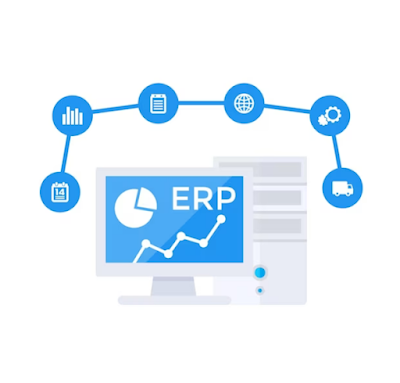The benefits and limitations of serverless computing
Benefits of serverless computing:
Cost-effective: One of the most significant benefits of serverless computing is its cost-effectiveness. With serverless computing, you only pay for the amount of resources used by your code, and you don't have to pay for any unused resources. This means you can save a lot of money compared to traditional computing models, where you have to pay for a fixed amount of resources regardless of usage.
Scalability: Serverless computing is highly scalable, and it can automatically scale up or down based on demand. This means you don't have to worry about over-provisioning or under-provisioning your resources. With serverless computing, you can handle sudden spikes in traffic without any downtime or additional costs.
Reduced management: Serverless computing eliminates the need for managing servers or infrastructure. This means you don't have to worry about maintaining servers, applying patches, or installing software updates. This can save a lot of time and effort, allowing developers to focus on writing code.
Faster time-to-market: With serverless computing, you can deploy your code quickly without worrying about the underlying infrastructure. This can significantly reduce the time-to-market, allowing developers to release new features and updates quickly.
Flexibility: Serverless computing is highly flexible, allowing developers to use different programming languages and frameworks. This can help you choose the best tool for the job and increase productivity.
Limitations of serverless computing:
Limited control: Serverless computing gives you limited control over the underlying infrastructure. This means you can't configure the servers or the network, and you have to rely on the cloud provider's default settings.
Cold start: Serverless computing has a "cold start" problem, where the first request to a function can take longer to execute than subsequent requests. This can affect the user experience, especially if the function is invoked infrequently.
Vendor lock-in: Serverless computing requires you to use a specific cloud provider's services, which can lead to vendor lock-in. This means you may find it difficult to switch to a different provider if you decide to do so in the future.
Debugging: Debugging serverless functions can be more challenging than debugging traditional applications. This is because serverless functions are ephemeral, and they don't have a persistent state.
Testing: Testing serverless functions can be more challenging than testing traditional applications. This is because serverless functions are highly event-driven, and they may have dependencies on other functions or services.
Conclusion:
Serverless computing offers many benefits, such as cost-effectiveness, scalability, reduced management, faster time-to-market, and flexibility. However, it also has its limitations, such as limited control, cold start, vendor lock-in, debugging challenges, and testing challenges. Therefore, it is essential to evaluate your application's requirements carefully before deciding to use serverless computing. If you have an application with highly variable traffic or if you need to release new features quickly, serverless computing may be the right choice for you. However, if you have an application with complex requirements or if you need more control over the underlying infrastructure, you may want to consider other computing models.




Comments
Post a Comment